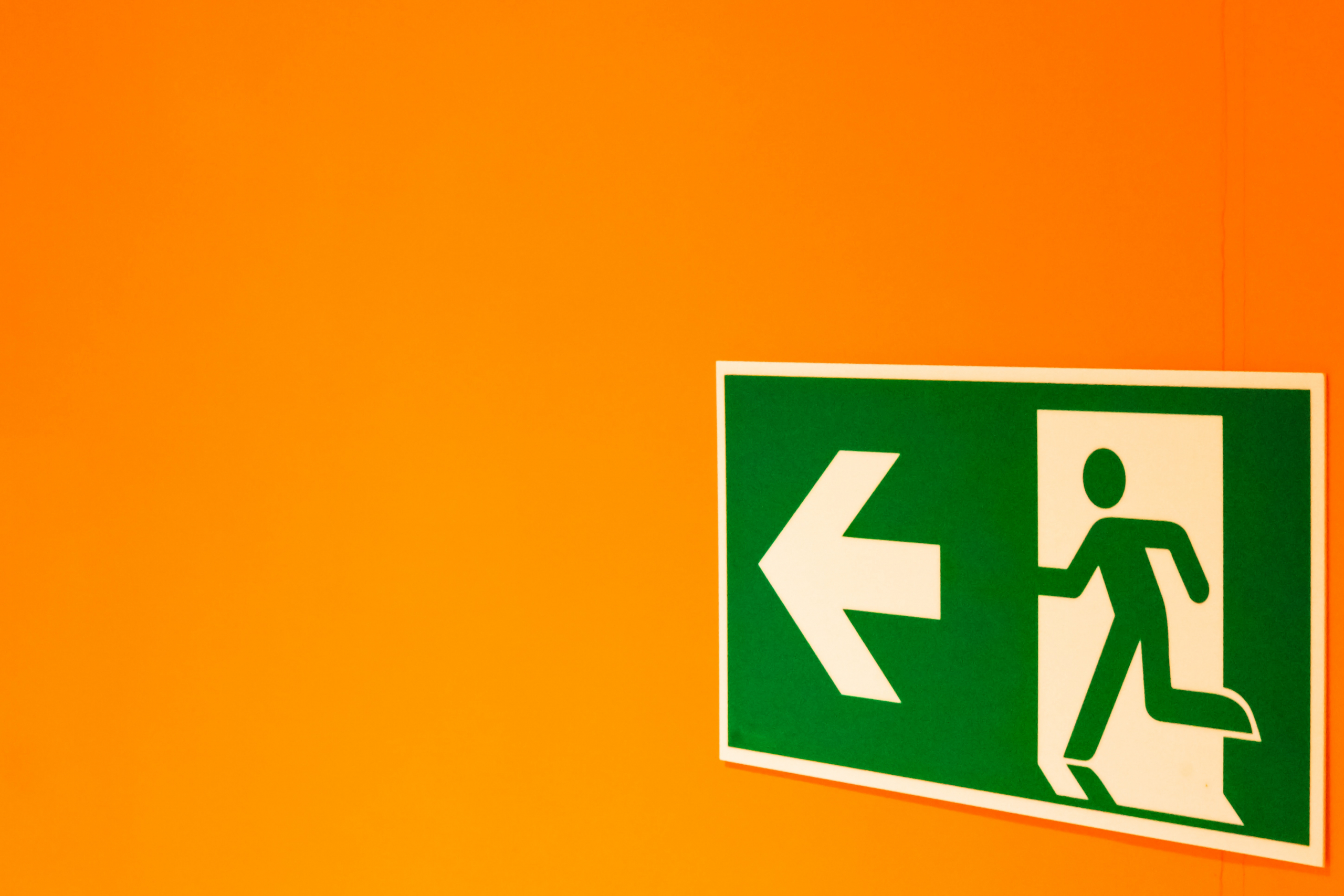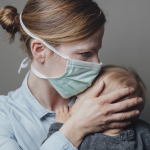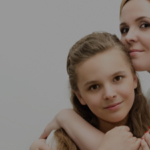The COVID-19 outbreak is an event unlike any other we have experienced in the United States. Over the last century, we have faced many different types of challenges; however, this one is different. It affects all of us. It is also unusual because it is a crisis that is evolving so quickly, yet at the same time, we must sit at home, waiting for it, whatever that is, to happen. We know what happened in China, we see what is unfolding in Italy, and we are sitting here looking at a big, dark COVID-19 cloud on the horizon.
As I write this, a Tom Petty song keeps popping into my brain. Although I don’t consider Tom Petty to be some sort of psychological guru, I do think he got it right when he said “the waiting is the hardest part”. Whether you are waiting for love or for the results of your MRI or for a job interview or for the COVID-19 pandemic, waiting is often excruciating. Why? Because waiting is a time of uncertainty, and we do not like uncertainty.
If you have the time, there is an interesting article by Dan Grupe and Jack Nitschke from the University of Wisconsin which explains their theory of how our brain responds to uncertainty.
The human brain, it has been written, is an “anticipation machine, and ‘making future’ is the most important thing it does. The ability to use past experiences and information about our current state and environment to predict the future allows us to increase the odds of desired outcomes, while avoiding or bracing ourselves for future adversity. This ability is directly related to our level of certainty regarding future events – how likely they are, when they will occur, and what they will be like. Uncertainty diminishes how efficiently and effectively we can prepare for the future, and thus contributes to anxiety.
For so many, uncertainty can lead to anxiety. Based on their research, they recommend spending less time worrying about what might happen and instead to focus on life in the present. Complete immersion in the present moment can diminish anxiety about the future. Furthermore, they recommend transitioning from inaccurate expectations of the future to more accurate expectations to no expectations at all. (Easier said than done.)
Echoing the importance of focusing on the present, our colleague, Dr. Giuseppe Raviola, from Partners in Health, outlines 10 Mental Health Tips for Coronavirus Social Distancing:
- Social distancing does not mean emotional distancing; use technology to connect widely;
- Clear routines and schedule, seven days a week, at home—don’t go overboard;
- Exercise and physical activity, daily if possible;
- Learning and intellectual engagement—books, reading, limited internet;
- Positive family time—working to counter negativity;
- Alone time, outside if possible, but inside too; but remember, don’t isolate;
- Focused meditation and relaxation;
- Remember the things that you really enjoy doing, that you can do in this situation, and find a way to do them;
- Limit exposure to TV and internet news; choose small windows and then find ways to cleanse yourself of it;
- Bathe daily, if possible, to reinforce the feeling of cleanliness.
And remember:
- Things will get better eventually, and back to normal; the world is not collapsing (don’t go “catastrophic”).
- Most people are good, and people are going to persevere and help each other
- You’re tough, you’ve overcome challenges before; this is a new one.
- This is a particularly strange and unprecedented situation; humor helps once in a while.
- Live in the moment, think about today, less about the next three days, even less about next week; limit thinking about the next few months or years, for now.
We will continue to post resources for our readers.
Ruta Nonacs, MD PhD







Leave A Comment